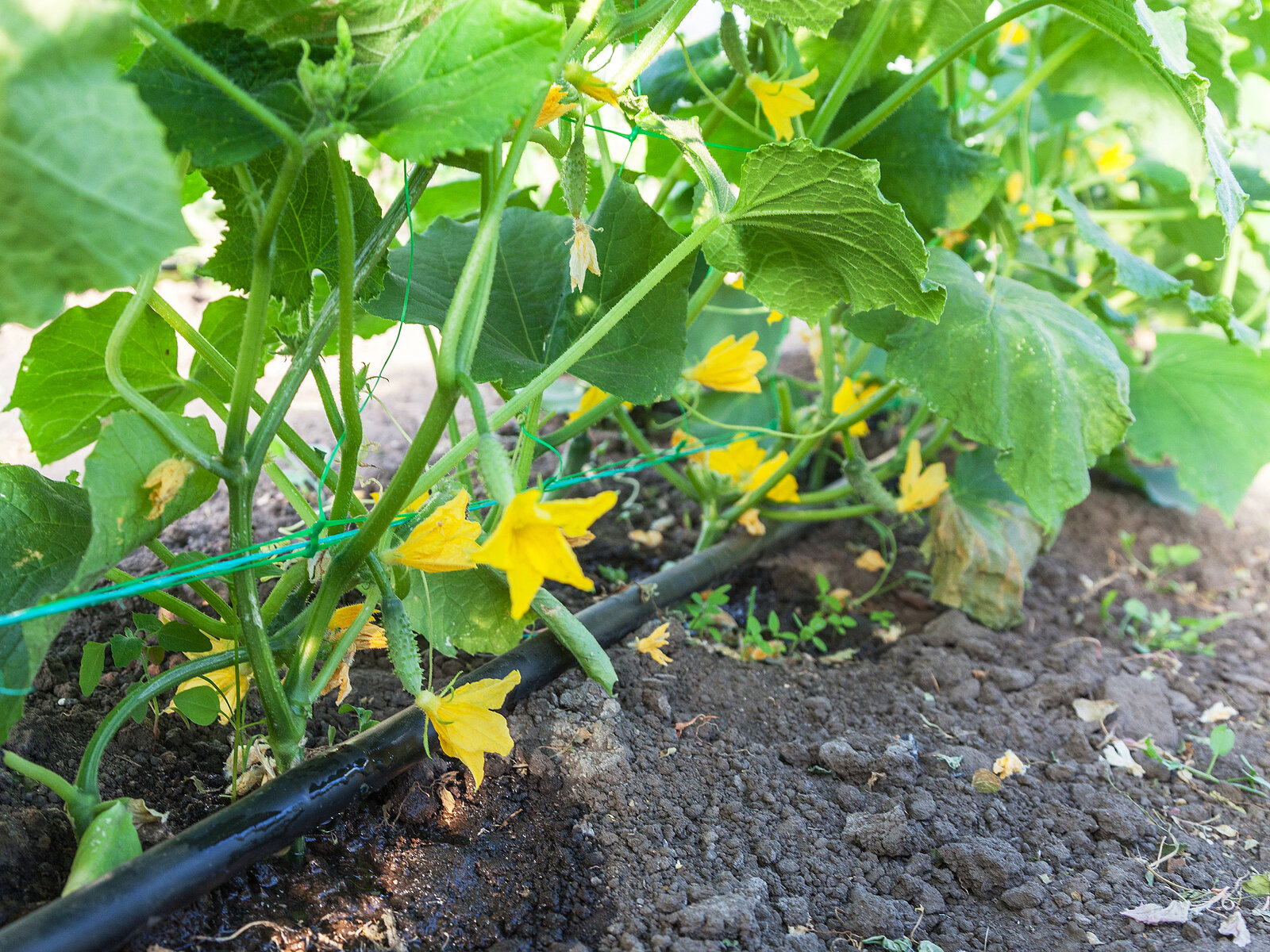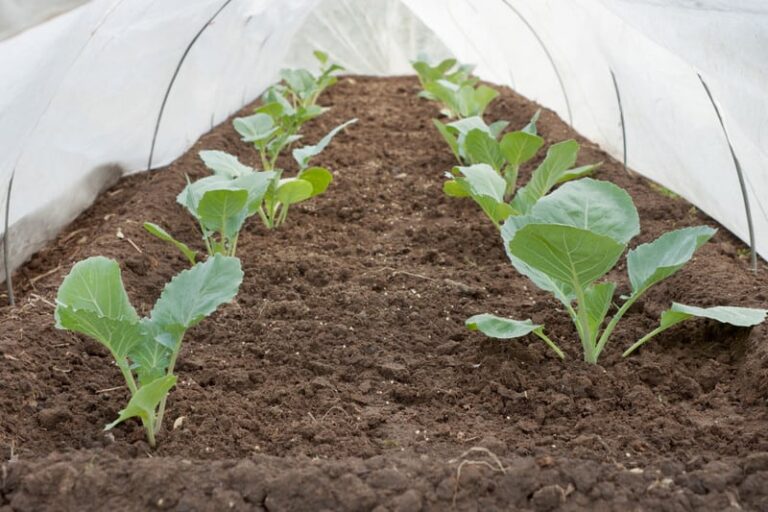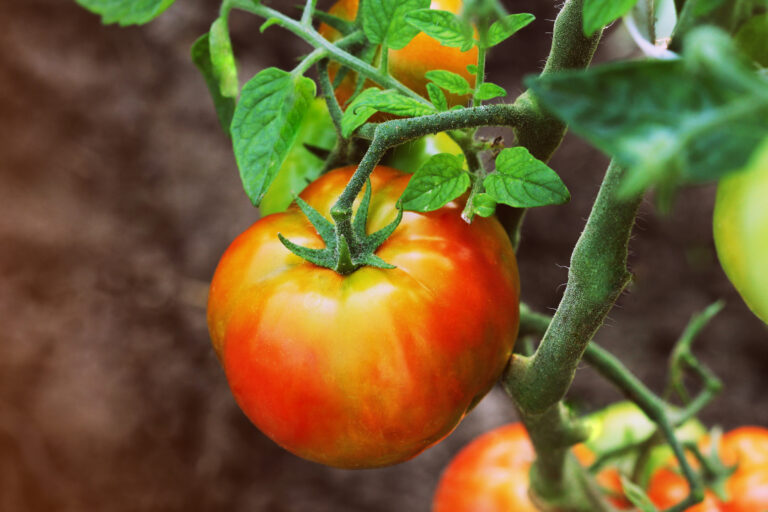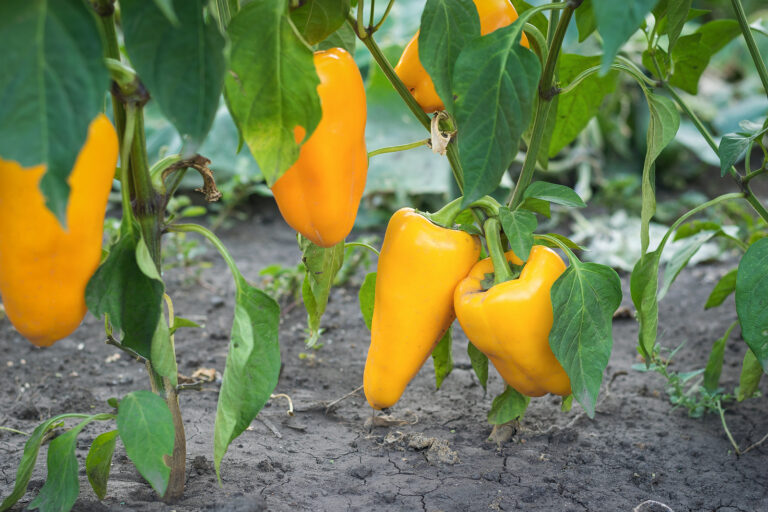How and When to Prune Cucumbers for Healthier Vines
Pruning cucumbers is an essential skill that every gardener should master for a thriving, high-yielding crop. With more than 30 years of experience growing cucumbers, I’ve learned that regular pruning can help you achieve healthier plants, reduce disease risks, and encourage more fruitful harvests. In this guide, I’ll share practical tips on how and when to prune cucumbers, based on years of trial and error in my own garden, so you can grow better cucumbers with fewer issues.
Pruning cucumbers is an essential practice for maintaining healthy, productive plants. Pruning helps to direct the plant’s energy into producing more fruit, improves air circulation, and can reduce the risk of disease.
Why Prune Cucumbers?
Pruning cucumbers helps manage the growth of the vines, encourages better fruit production, and reduces the chances of diseases such as mildew, which thrive in crowded, poorly ventilated environments. By removing unnecessary or damaged growth, you ensure that the plant directs its energy toward the healthy parts of the vine, such as producing fruit and supporting strong stems. Additionally, pruning can help create a more manageable, organized plant, especially when growing cucumbers on a trellis or in containers.
When to Prune Cucumbers
The best time to prune cucumbers is during the growing season, typically once the plants start to grow vigorously. You should begin pruning when the plant is around 4–6 weeks old and has established a few leaves and tendrils. Pruning too early can stress the plant, while pruning too late can result in reduced yields.
In general, you’ll want to prune your cucumbers at two key times during the growing season:
- Early Season Pruning: When your cucumber plant is young, you should start by removing the first few leaves near the base. This encourages the plant to focus on growing stronger stems. If you’re growing a trellised cucumber, this also makes it easier to direct the vines upwards.
- Mid-Season Pruning: As cucumbers grow, they can become dense, with many side shoots, flowers, and leaves. You should prune these excess growths to allow better air circulation, which is crucial for reducing the risk of mildew. By mid-season, pruning can also help shape the plant to ensure it focuses its energy on producing fruit instead of unnecessary foliage.
How to Prune Cucumbers
Pruning cucumbers is relatively simple. Here’s how to do it step by step:
- Remove Dead or Damaged Growth: Start by cutting away any leaves, stems, or vines that appear to be dead, yellowing, or damaged. These won’t contribute to the plant’s health and could increase the likelihood of disease.
- Pinch the Tips of Main Vines: After the main vine reaches a desired height (usually 4-6 feet, depending on the variety), pinch off the tips of the main stem. This encourages the plant to focus on lateral growth and produce more fruit.
- Cut Back Side Shoots: Cucumber plants often produce side shoots that can become overly long and crowded. Prune back these side shoots to maintain a manageable size for your plant. Focus on removing the shoots that are growing too far out of bounds or are shaded and less likely to produce fruit.
- Remove Excess Flowers: In some cases, it may be beneficial to remove some of the flowers, especially in the early stages of growth. This helps the plant conserve energy for producing larger fruits. If you’re growing gynoecious varieties (which produce only female flowers), this step may not be as necessary.
- Trim Lower Leaves and Vines: As cucumbers grow, the lower leaves may start to yellow or wilt. Cutting away these leaves helps prevent the spread of soil-borne diseases and encourages the plant to focus on fruit production.
- Maintain Regular Care: Check your cucumber plants regularly throughout the growing season. Continually prune any new growth that seems to be crowding the plant or taking away from its fruit-producing capabilities.
Tips for Successful Pruning
- Use Clean, Sharp Tools: Always use clean, sharp scissors or pruners to avoid damaging the plant or spreading disease.
- Don’t Over-Prune: While pruning is important, don’t remove too much of the plant at once. You want to maintain enough foliage for photosynthesis and energy production.
- Consider Growing Habits: Different cucumber varieties may have slightly different pruning needs. Varieties grown on trellises might require more frequent pruning to keep them tidy, while bush varieties may need less maintenance.
Summary
Pruning cucumbers is an effective way to promote healthy growth, improve yields, and reduce the risk of disease. By knowing when to prune and how to manage your cucumber plants, you can maximize their productivity throughout the growing season. Whether you’re growing cucumbers in a traditional garden, raised bed, or container, regular pruning will help you grow better-tasting, higher-quality cucumbers. With these tips, your cucumber plants will be thriving and producing abundant harvests in no time.
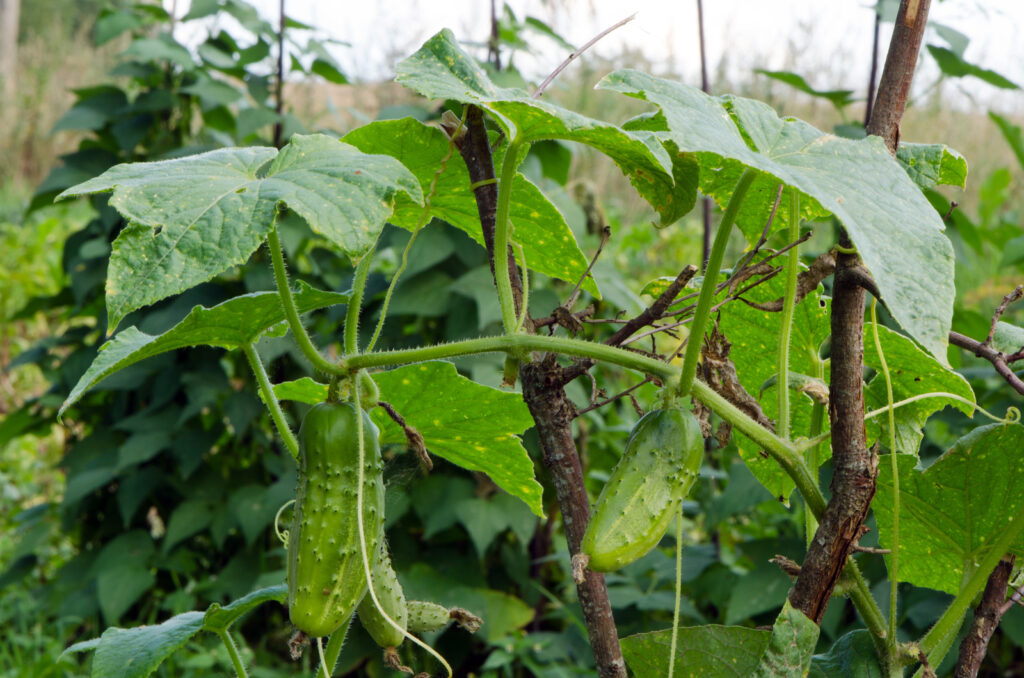
Related Posts:
Ultimate Beginner to Expert Guide to Growing Cucumbers
Planning and Planting
- The Best Cucumber Varieties for Your Garden
- How to Plant Cucumber Seeds and Seedlings: Site, Spacing and Soil Needs
- Growing Cucumbers in Containers: Space -Saving Tips for Success
Care and Maintenance
- Watering, Feeding, and Caring for Cucumbers: A Complete Guide
- How and When to Prune Cucumbers for Healthier Vines
- How to Grow Cucumbers That Are Not Bitter Tasting
- Cucumber Flowering, Pollination, and Fruit Formation: Ensuring Maximum Yield
Troubleshooting and Pest Control
Harvest and Beyond

